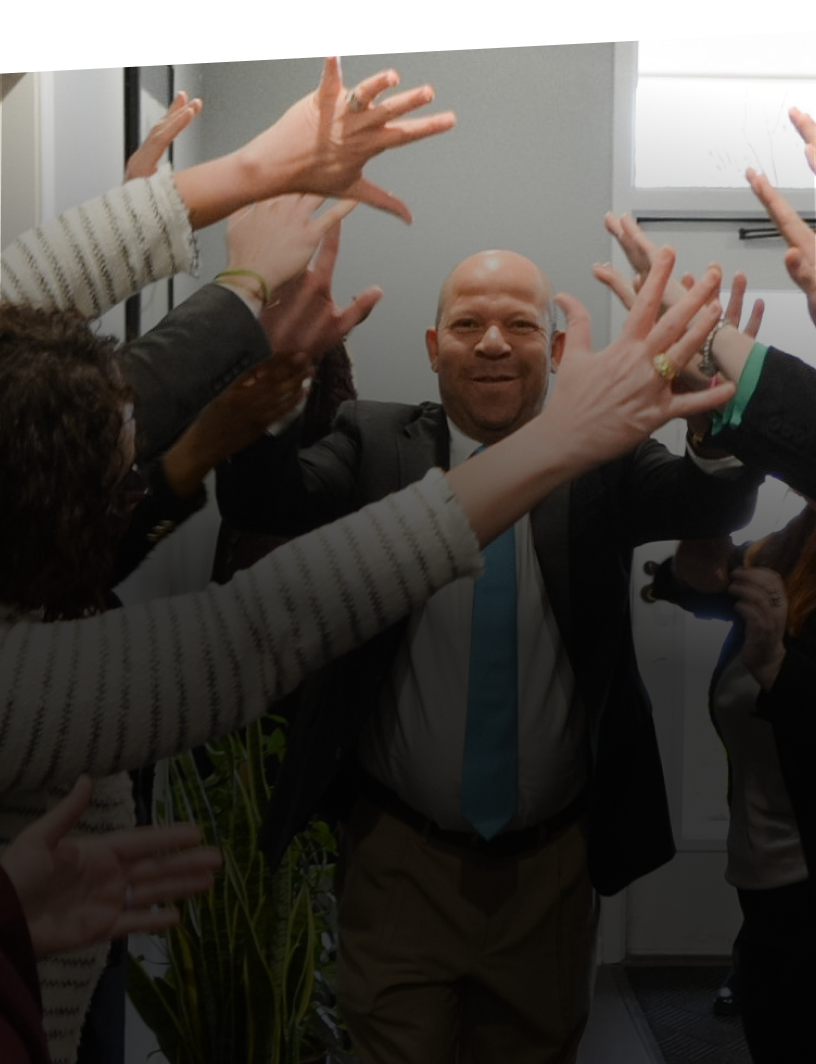Don’t Smile, You’re on Camera
Cameras in the courtroom is a widely debated topic due to its impacts on court cases. While it may serve as entertainment and an educational tool for many, those experiencing a life-changing court case on camera may say otherwise.
Some of the most well-known cases became popular because they were sensationalized by the media. In certain trials, the press can access the courtroom and provide live documentation of court proceedings. This allows millions of viewers across the nation to watch notorious criminal cases on TV and form their opinions. However, the people on the other side of the screen are fighting for their livelihoods and freedom, meaning they could suffer from cameras in the courtroom.
Your Fight Is Our Fight
Rules for Cameras in the Courtroom
As of March 2016, the US Judicial Committee established the following guidelines for cameras in trial courts:
A judge may authorize broadcasting, televising, recording, or taking photographs in the courtroom and adjacent areas during investitive, naturalization, or other ceremonial proceedings. A judge may authorize such activities in the courtroom or adjacent areas during other proceedings, or recesses between such other proceedings, only:
- for the presentation of evidence
- for the perpetuation of the record of the proceedings
- for security purposes
- for other purposes of judicial administration
- for the photographing, recording, or broadcasting of appellate arguments
- in accordance with pilot programs approved by the Judicial Conference
When broadcasting, televising, recording, or photographing in the courtroom or adjacent areas is permitted, a judge should ensure that it is done in a manner that will:
- be consistent with the rights of the parties
- not unduly distract participants in the proceeding
- not otherwise interfere with the administration of justice
Pros and Cons
Some may argue that even if the media follows every item in the policy listed above, there are still potential dangers involved with broadcasting a court trial. The defendant’s case may end up suffering more, including a violation of their Sixth Amendment rights, which establish the right to an impartial jury. A defendant may even make matters worse for themselves if they act (or don’t act) a certain way on camera and cause public backlash as a result. Proponents of cameras in the courtroom believe it keeps the justice system accountable and helps educate Americans on how court trials operate.
Those on both sides of the argument have their own reasons for believing cameras in the courtroom is a good or bad thing. Let’s examine the common pros and cons of allowing cameras in trial courts:
Pros
- Public has a right to know
- Ensuring justice is being served
- Transparency
- First Amendment rights
Cons
- Lack of privacy
- Distracting
- Sensationalizing real-life problems can be humiliating
- Could result in a biased jury
At White Law PLLC, we’ve handled nationally recognized cases, and understand the impacts of cameras in the courtroom. As such, we do everything it takes to protect our clients’ best interests, whether that means allowing or prohibiting cameras in the courtroom. If you’re facing criminal accusations or are under investigation, let us know at (517) 316-1195. We accept calls 24/7!
We’re Experienced. We Care.
We Exceed Client Expectations.


